Written by Jessica Graybill
Luca della Robbia was an Italian sculptor from Florence, born in about 1400. Though he was a prominent stone sculptor for much of his life, he became well known for developing a technique to create beautiful, colorful tin-glazed terracotta statuary in the early 1440s, and this became his primary medium of choice. Tin-glazed pottery is earthenware that is covered in glaze containing tin oxide, which is white, shiny, and opaque, creating a surface that provides a background for brightly-painted underglaze decoration which is applied by brush to the unfired surface. Once fired, the vibrant, multi-colored glazes made his creations more expressive and more durable.

Cantoria – Luca della Robbia, 1431-38 (image from Wikipedia)
His first major sculpture commission was the Cantoria (“Singing Gallery”) for the Florence Cathedral’s organ loft, a project which was secured for him by the Medici family, according to the Italian historian and writer Giorgio Vasari. The project took seven years for Della Robbia to carve the reliefs, during which his style developed considerably, with earlier panels more symmetrical and lacking in movement, and later panels appearing more dynamic and dramatic. The project was completed under the supervision of master architect Filippo Brunelleschi.

Visitation – Luca della Robbia, c. 1445 (image from Wikipedia)
Although the date of Della Robbia’s first tin-glazed terracotta work is unknown, one of his earliest surviving freestanding sculptures is in the church of San Giovanni Fuoricivitas, in Pistoia, Tuscany, entitled “Visitation”.
Della Robbia worked with assistants, including members of his own family, (most notably his nephew Andrea della Robbia and his great-nephew, Giovanni della Robbia) to produce a number of decorative reliefs and altarpieces. He was productive until the end of his life, and in 1471 was elected president of the Florentine Guild of Sculptors, a prestigious position which he actually rejected due to his age and infirmity.
Except for the knowledge which he passed on to his nephews, his death in February 1483 took along with him most of his secrets of tin-based glaze.

The Los Angeles County Museum of Art has some beautiful examples of original Della Robbia pieces. Pictured here, Andrea della Robbia’s “The Virgin of Annunciation” and “The Archangel Gabriel”, both c. 1465.
Check out our fantastic selection of Della Robbias here.



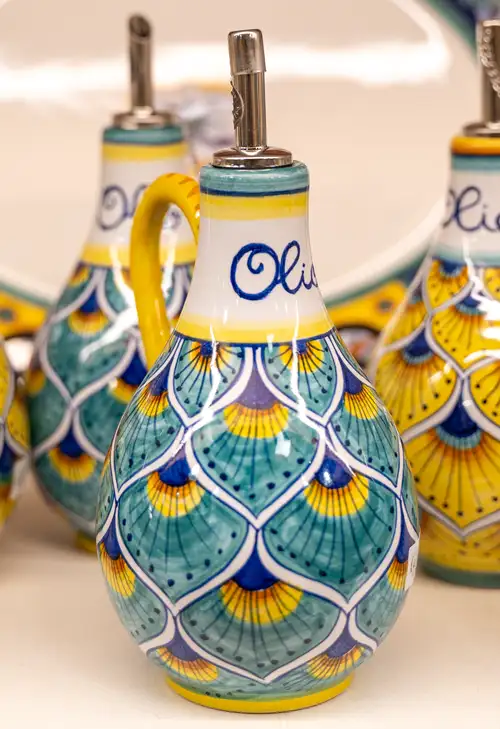
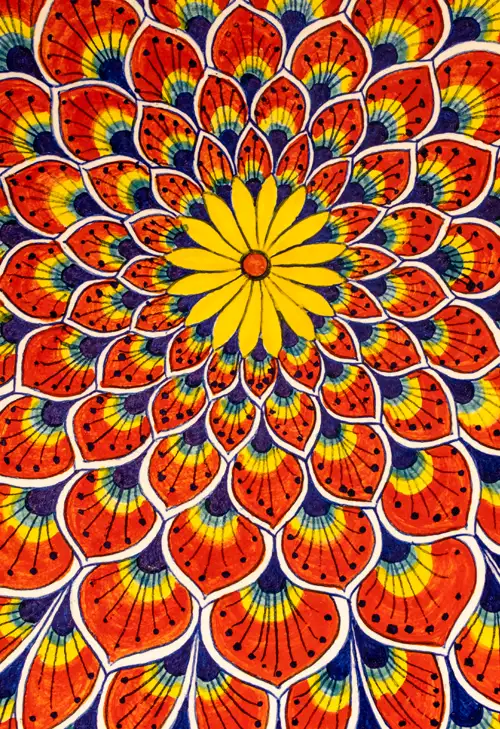

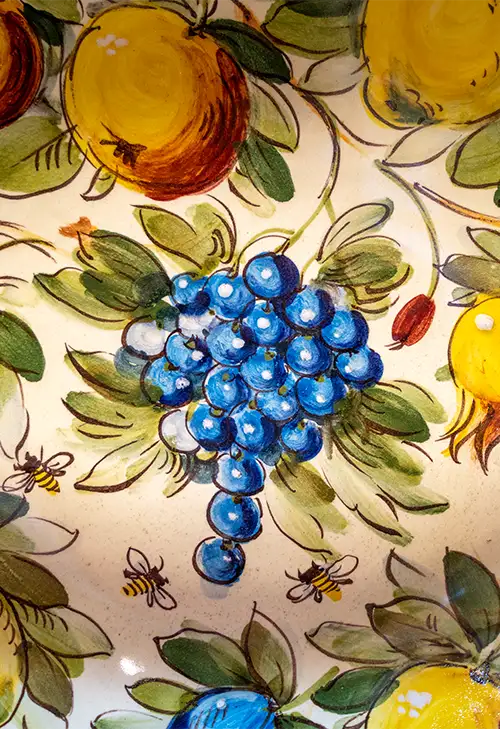
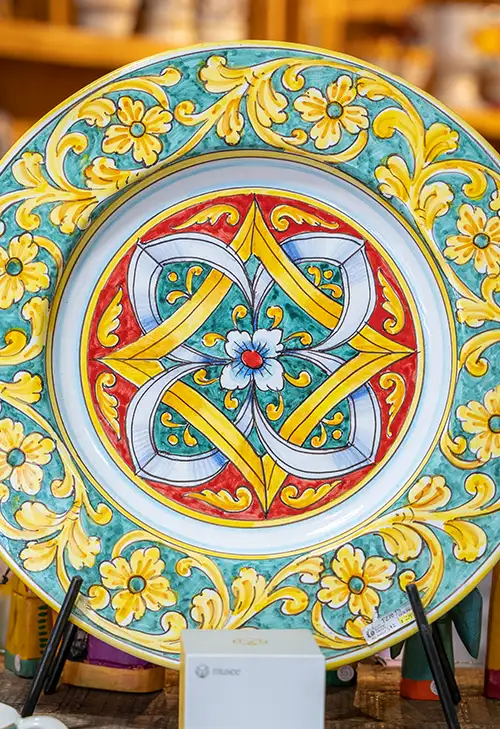
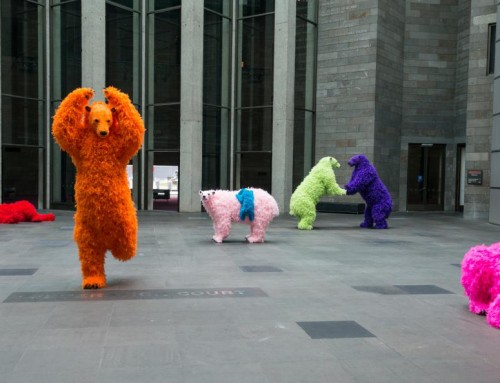
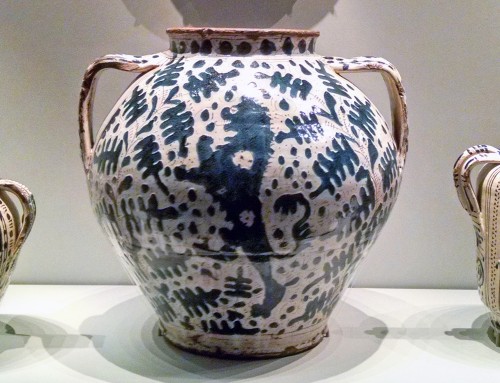
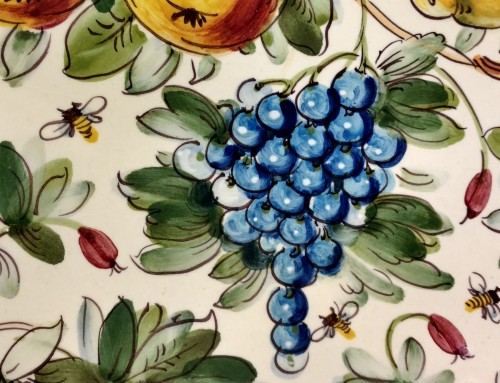
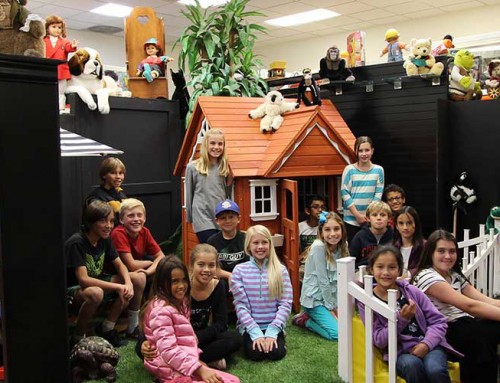
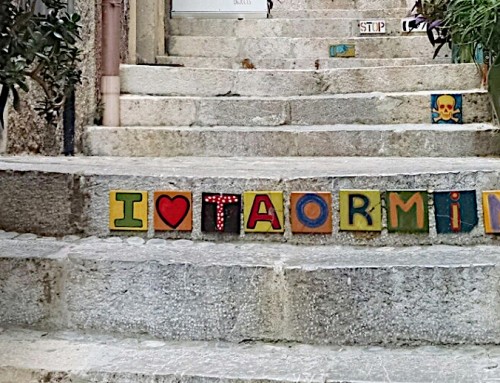





Leave A Comment
You must be logged in to post a comment.